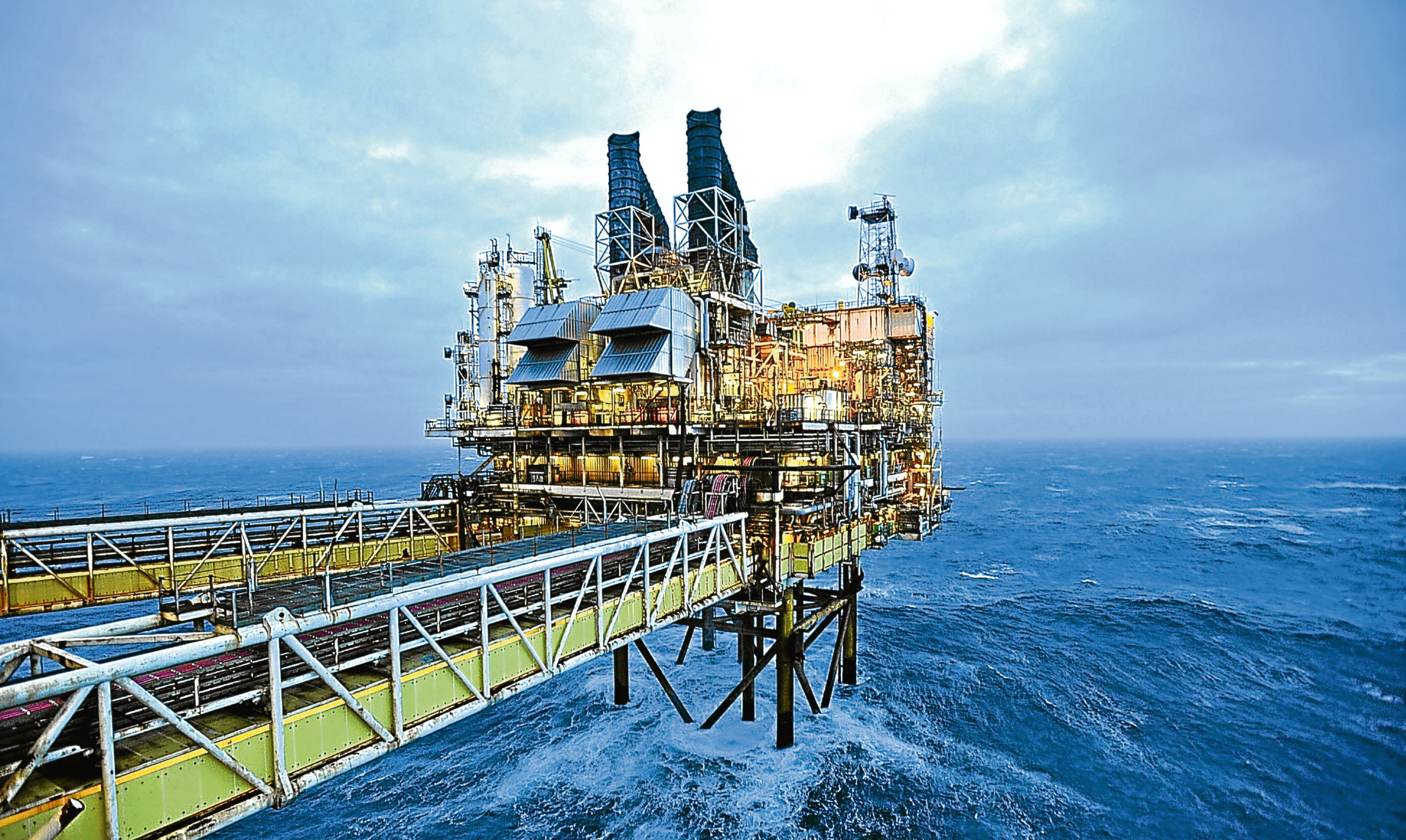Sir, – The latest GERS figures again show Scotland in deficit compared to the UK as a whole, with the collapse of the oil price seen as a major contributory factor.
Unionists say that this shows that Scotland could not survive economically as an independent country. Nationalists on the other hand point out that these figures are based on a Scottish economy largely run from London, with figures compiled by the UK Government.
I would favour the latter explanation, and point to some recent research from the Business for Scotland think tank, which shows that, “since the oil price crashed in 2015 when the price of a barrel more than halved, Norway has made nearly £29.33 billion in oil and gas revenues, while the UK lost almost £22.8 million”.
And yes, in case you think that this is a misprint…the Norwegian earnings are billions.
The oil price presumably crashed in Norway also, yet they have still made huge earnings from oil and gas in the last couple of years, while the UK, compounding its routine mismanagement by making further massive tax concessions to the oil companies, managed, over the same period, to make a loss.
This is economic mismanagement on a barely credible scale, and it would seem impossible that an independent Scottish Government could do a worse job.
Les Mackay.
5 Carmichael Gardens,
Dundee.
Stark choices for Scotland
Sir, – The GERS figures show that in 2016-17, which was to be the first year of an independent Scotland had the Yes side won in 2014, the fiscal transfer from the UK to Scotland was worth £1,750 for every man, woman and child in Scotland. This figure is even higher than that in 2015-16.
The fiscal transfer makes up the negative difference between what Scots earn and what they spend.
It makes possible our current standard of living and enables the Scottish Government to offer us freebies of various kinds that are not available to citizens in other parts of the UK, who are paying for our freebies.
Without the fiscal transfer from the UK, Scotland would be faced with a stark choice: a tax hike in the region of 16% or a slashing of public spending by about 14%, or a combination of both. Which would it be?
Would non-taxpayers be brought into the tax net and VAT raised?
Would spending on health, education and welfare be slashed? Neither is an attractive proposition, but it is what a secessionist Scotland would face.
Nationalists may dismiss the facts, as they usually do.
But they have yet to produce a credible economic and financial plan for their separate Scotland. That is because there isn’t one. If separatism had not already been moribund, it certainly would be now. The slogan Better Together is even more true now than in 2014.
Jill Stephenson.
Glenlockhart Valley,
Edinburgh.
How will deficit be tackled?
Sir, – Few will be surprised at the scale of deficit in the latest analysis of Scotland’s public finances.
The GERS numbers show a total of £13.3bn more spent than raised by the Scottish Government in the latest year, a slight improvement on the previous year’s £14.5bn. The bigger surprise is that after some years now of substantial deficits, the Scottish Government has still not given any indication as to how its plans for independence would deal with this.
The First Minister can say, as she has once again, that “these figures reflect Scotland’s finances under current constitutional arrangements” implying something different would occur under independence, but she does not explain how and where the pain would come in overcoming the deficit.
Would she start reversing all the universal benefits that have been effective in bolstering the SNP’s popularity while it has been able to depend on funding from the rest of the UK.
It certainly does not seem credible to suggest increasing taxes will bridge the gap, as higher taxes would surely dampen opportunities for economic growth.
Equally, more borrowing would be very expensive for a country operating with a deficit running at 8.3% of GDP.
So just what is it that Nicola Sturgeon is suggesting she would do?
Keith Howell.
White Moss,
West Linton.
New vision for Scottish uplands
Sir, – I was stunned by the manner in which Gerard Watts, Field sports vital to Scotland’s economy (August 21), presented anecdotal claims that sea eagles take live lambs when the scientific evidence from both Scotland and Norway reveal that it is very unusual for a bird to take a live lamb. These birds predate on lambs which are already dead.
Economically, in Mull alone, sea eagle tourism brings in £5 million per annum while the Scottish Government has estimated that the overall value to Scotland of wildlife tourism is £267 million a year while supporting 2,763 jobs.
Mr Watt claims field sports keep the uplands economically viable but fails to mention the huge taxpayer-funded subsidies which is what really underpins them.
In 2010 alone, one Angus estate received £368,787 in public funds and in 2011, £346,757.
The presence of a sheep flock (used to mop up ticks that would attack grouse) is sufficient to qualify the estate as an agricultural holding.
These funds allow the building of electric fences and private roads that deface the countryside so wealthy grouse shooters are saved the effort of hiking across the moors.
I suggest that Jim Crumley has a good grasp of the economics and most know it is the estate owners who, by and large, have kept economic innovations stifled as they believe new developments will interfere with their sport.
There are many in Scotland who would make a huge success of Scotland’s wild lands if given the opportunity.
George Murdoch.
4 Auchcairnie Cottages,
Laurencekirk.
